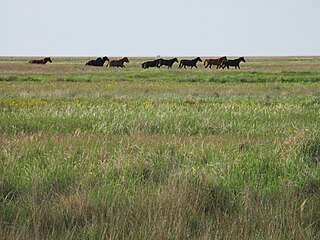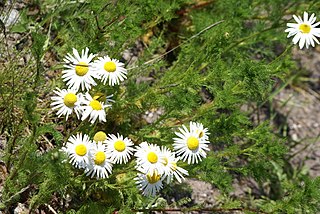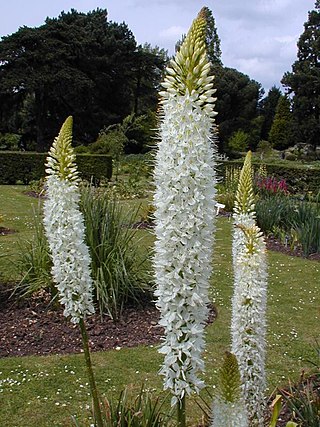Europe is often divided into regions and subregions based on geographical, cultural or historical factors. Since there is no universal agreement on Europe's regional composition, the placement of individual countries may vary based on criteria being used. For instance, the Balkans is a distinct geographical region within Europe, but individual countries may alternatively be grouped into South-eastern Europe or Southern Europe.

The Pontic–Caspian Steppe is a steppe extending across Eastern Europe to Central Asia, formed by the Caspian and Pontic steppes. It stretches from the northern shores of the Black Sea to the northern area around the Caspian Sea, where it ends at the Ural-Caspian narrowing, which joins it with the Kazakh Steppe in Central Asia, making it a part of the larger Eurasian Steppe. Geopolitically, the Pontic-Caspian Steppe extends from northeastern Bulgaria and southeastern Romania through Moldova and eastern Ukraine, through the North Caucasus of southern Russia, and into the Lower Volga region where it straddles the border of southern Russia and western Kazakhstan. Biogeographically, it is a part of the Palearctic realm, and of the temperate grasslands, savannas, and shrublands biome.

Leonurus (motherwort) is a genus of flowering plants in the family Lamiaceae. It is native to Europe and Asia, naturalized in New Zealand, Hawaii, New Caledonia, and much of North and South America.

Tripleurospermum is a genus in the chamomile tribe within the sunflower family. Mayweed is a common name for plants in this genus.

Rhinanthus angustifolius, the narrow-leaved rattle or greater yellow-rattle, is a plant species in the broomrape family, Orobanchaceae. It is an annual wildflower native to temperate grasslands in much of Europe, and north and central Western Asia. The yellow flowers are mostly visited by bumblebees.

Medicago littoralis is an annual plant species of the genus Medicago. Its native range encompasses the Mediterranean Basin, from Macaronesia to the Caucasus; it has been introduced elsewhere. It is useful as a forage for livestock. As a leguminous plant, it is capable of adding nitrogen to soils, through its symbiotic relationship with the bacterium Sinorhizobium meliloti, which enables nitrogen fixation. Common names include shore medick, water medick, coastal medick, and strand medick.

Senecio leucanthemifolius is a plant common in sea-side in Mediterranean area.

Senecio glaucus is an annual member of the Asteraceae and species of the genus Senecio. It is found from the western Mediterranean to Central Asia in sandy, well-drained soil, particularly coastal and desert dunes.

Eremurus is a genus of deciduous perennial flowers in the family Asphodelaceae. They are also known as the foxtail lilies or desert candles. They are native to eastern Europe in, and temperate Asia from Turkey to China, with many species in Central Asia.

Lake Durankulak is a brackish lagoon (liman) in northeastern Bulgaria, separated from the Black Sea by sand dunes and a beach strip. It is situated along the Bulgarian Black Sea Coast near the village of Durankulak in Dobrich Province, some six kilometers south of the Bulgaria–Romania border. It is a protected area with many rare plant and animal species and also contains the archaeological site of Durankulak, situated on the larger of the lake's two islands.

Cerastium brachypetalum, commonly called gray chickweed, grey mouse-ear or gray mouse-ear chickweed, is a spring blooming annual plant species. It is native to Mediterranean and temperate Europe, northwestern Africa, the Caucasus, and Western Asia. It has been introduced and naturalized in North America.

Orchis spitzelii is a species of orchid found from Sweden (Gotland), eastern Spain to the Caucasus and western Asia and northwestern Africa.

Veronica triphyllos is a species of flowering plant in the plantain family known by the common name finger speedwell, or fingered speedwell. It is native to Europe, western Asia and NW Africa, but introduced to some parts of the United States.

The Kazantyp Nature Reserve is a small reserve in the Lenine Raion on the Kerch Peninsula in Crimea. The reserve includes both territory of Cape Kazantyp and coast-aquatic-complex.

Apocynum venetum, commonly known as sword-leaf dogbane, is a plant species in the dogbane family that is poisonous but used as a source of fiber, medicine, and nectar for production of honey.

Psammophiliella muralis is a species of flowering plants in the family Caryophyllaceae. It is known as annual gypsophila, cushion baby's-breath and low baby's-breath, an annual plant principally native to Europe except the British Isles. It can be also found in Central Asia, Turkey, the Caucasus, and Siberia. It is one of two species in genus Psammophiliella.

Rindera is a genus of flowering plants belonging to the family Boraginaceae.

Petrosimonia is a genus of flowering plants belonging to the family Amaranthaceae. It is also in the Salsoloideae tribe.

Rochelia is a genus of flowering plants belonging to the family Boraginaceae. It is also in subtribe Eritrichiinae.
Juncus littoralis is a species of rush in the family Juncaceae known as coastal rush; it has no subspecies.


















